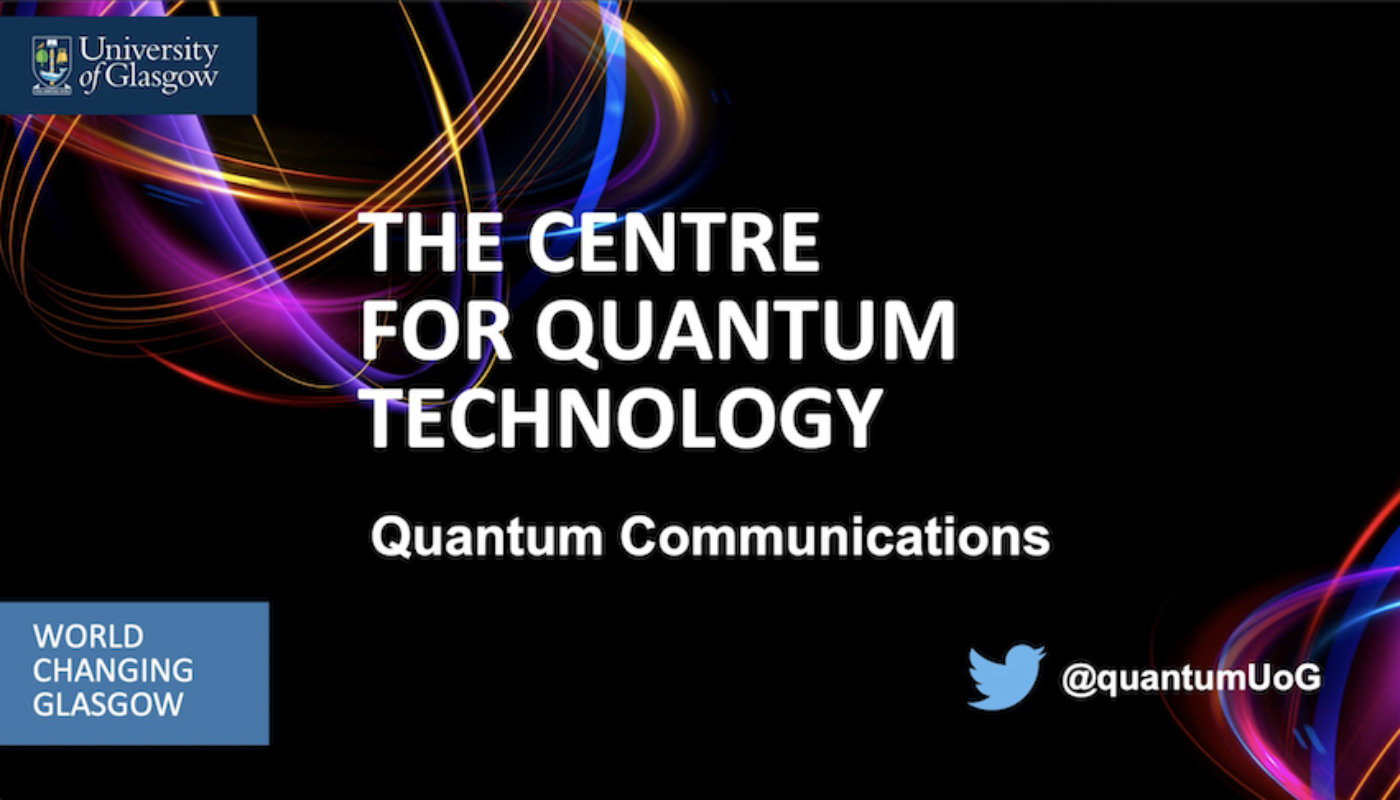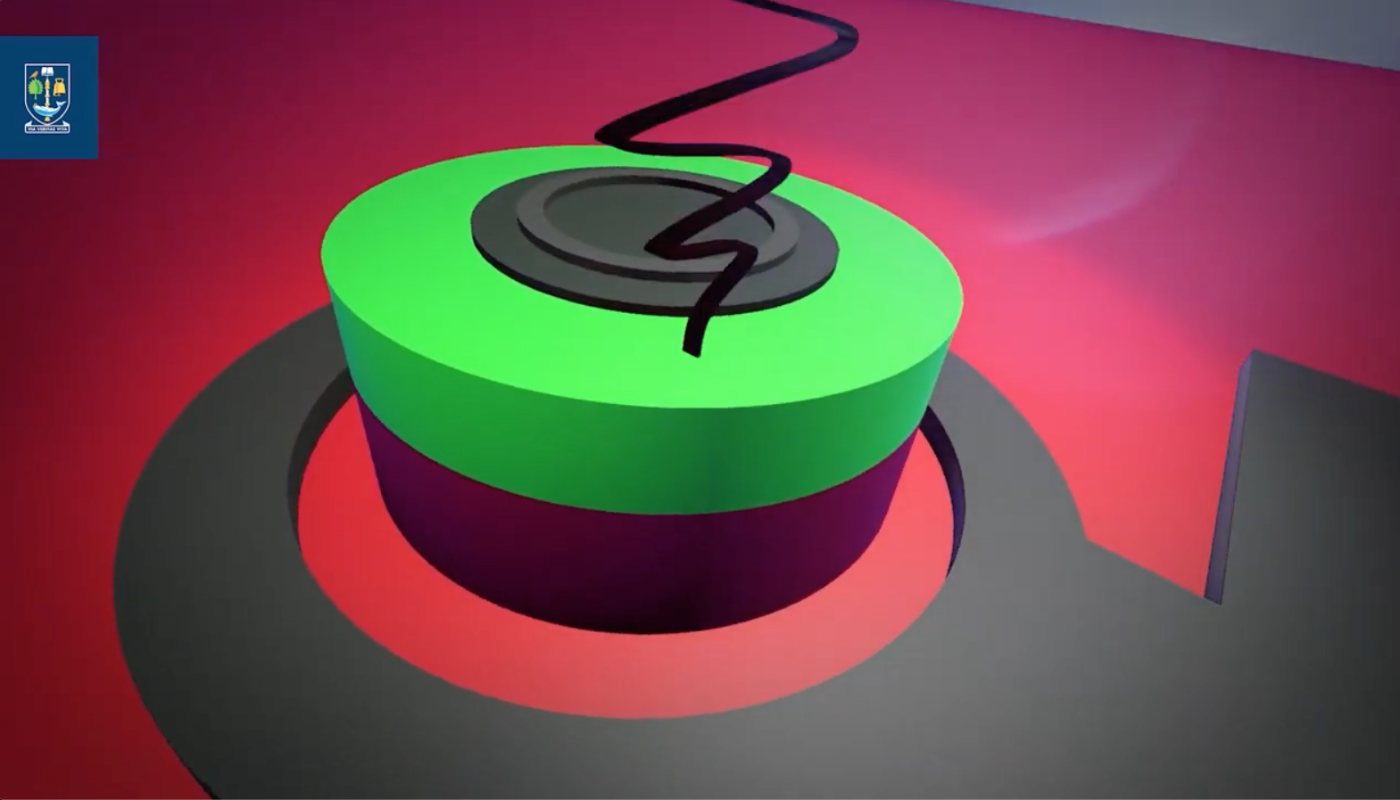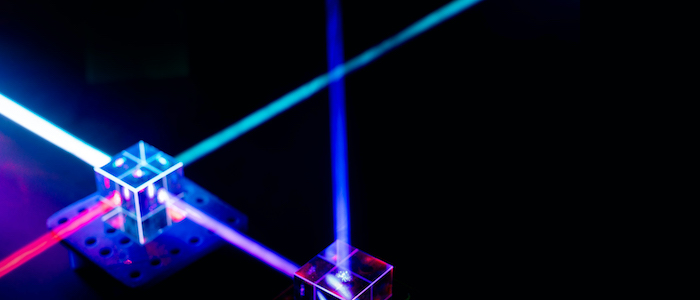Quantum communications
Modern communication systems are trying to address two, sometimes opposing, requirements: high data bandwidth and security. As quantum computers become a reality, it is only quantum science that provides guaranteed security. Beyond the performance critical components required for the next generation of system networks, we are shaping photons to increase their data capacity striving to meet security without compromising bandwidth.
Active areas of research in the Centre include:
Single photon detectors. Superconducting nanowire single-photon detectors (SNSPDs), Ge on Si single-photon avalanche diode (SPAD) detectors and InSb SPADs.
Ultra-high bandwidth free-space optical comms. To increase data bandwidth in building-to-building communications using structured light.
Optical networks of the future. To enable 5G, Quantum Key Distribution (QKD), quantum digital signatures and beyond. Using nanofabricated single-photon and quantum-entangled light sources and photonic integrated circuits.
2.1 µm wavelength quantum optics. To enable free-space QKD systems to operate in cloudy environments and during daytime, as well as systems which support ubiquitous connectivity.

The University of Glasgow is a partner in the UK Quantum Communication Hub.
Find out more at:
Quantum Communications
Quantum science enables the exchange of information so that it cannot be intercepted without alerting the recipient that someone else is listening. It is the only known approach to guaranteed secure data key that enables communication that cannot be decoded even with unlimited computational resources. One route to this quantum cryptography is the use of quantum light sources that produce photons (particles of light) in pairs, one photon going to each of the parties in the communication link. To complement these light sources, we are also developing the detectors required to measure the state of these single photons. One of our interests is extending the range of wavelengths that can be used further into the infra-red region of the spectrum which is better suited to space and satellite implementations.
Ge on Si Single Photon Avalanche Detectors (SPADs)
Single-photon detection allows measurement of rapid changes in optical signal with picosecond timing accuracy. Such measurements are vital for communication networks based on optical fibres. The best operational wavelength for optical fibres is in the shortwave infrared where both the pulse spreading and the optical losses are small. However, traditional detectors at these wavelengths are expensive. To solve this problem, we're developing the next generation of inexpensive single-photon avalanche diode (SPAD) detectors using planar germanium-on-silicon. We have achieved a step-change in performance, demonstrating increased detection efficiency in the short-wave infrared while requiring less cooling, and achieving a fifty-fold reduction in noise compared with existing devices. This patent-pending technology offers a route towards cost-efficient, high-performance detectors.





